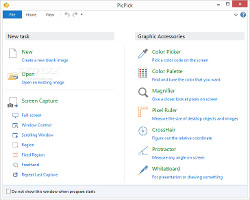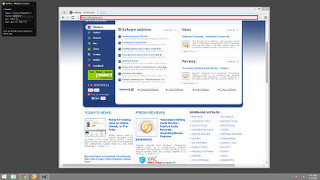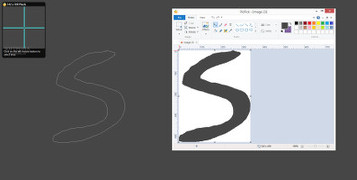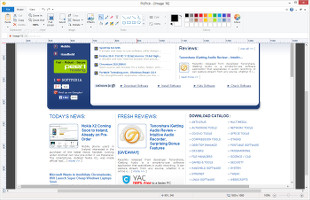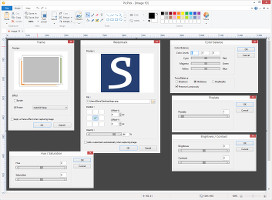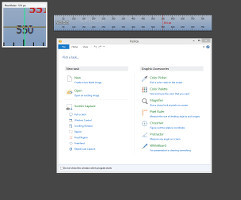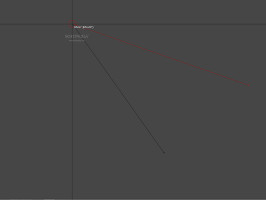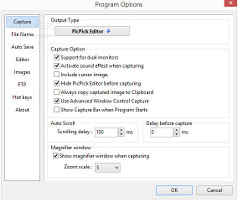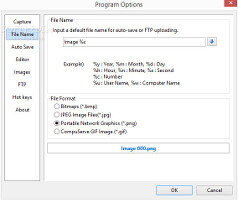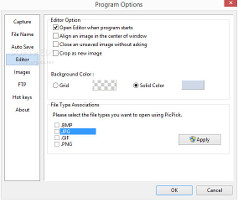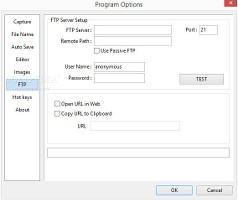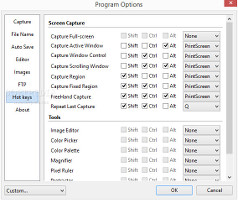Software applications dedicated to screenshot grabbing are usually incomplete. Some offer advanced features which are too difficult to figure out by novices, some sport only basic settings which do not meet the requirements of experienced users, while others lack support for extra tools or hotkeys.
PicPick is not perfect but it covers all these aspects very well. A free tool geared toward all user levels, it supports multiple capturing methods, an image editor, sharing options, along with advanced functions for skilled users. Hotkeys are available for all main components and they can be remapped, while automatic settings can be established to speed up repetitive jobs.
NOTE: PicPick 3.3.4 was tested on 64-bit Windows 8.1 Pro. The free edition is available for personal and non-educational use only. The commercial license can be purchased here.
Installation and interface
The installer does not take a long time to finish. However, since it is ad-supported, PicPick offers to download and install a third-party component which it is not necessary for the screenshot grabber to work properly. The offer can be declined to exclude it from setup, though.
Select a task from the main window or notifications areaPicPick's is wrapped in a simple and elegant interface with all task types and graphic accessories neatly organized. It creates an icon in the system tray area at startup, enabling users to quickly access the image editor and graphic accessories, bring up the configuration panel, capture the screen in a preferred method, as well as to modify the default output file type and saving location: PicPick editor, copy to Clipboard, save to image file, print, upload to web, and other sharing options.Diverse ways to capture the screen
It is possible to grab the full screen with all visible elements on the monitor, selected window or integrated frame, scrolling window (the entire content, not just the visible elements), rectangular region drawn on the spot, fixed region (with an exact width and height), or freely drawn area. The last taken capture can be repeated by just clicking a button.
Capture a selected window or freely draw a regionWhen it comes to capturing a frame or scrolling window, PicPick shows some advanced information such as handle code and frame size. As for drawn regions, the application shows the real-time width and height of the frame, providing users with a magnification tool; the dimensions can be accurately set by pressing the arrow keys while holding down the left mouse button.Edit, save and share images
Once a picture is captured, PicPick automatically opens the editor and puts it there, thus enabling users to enhance it before saving it to file. This editor is almost identical to Windows Paint in shape and form, only that it has more advanced options.
Standard settings enable users to zoom in and out of the photo, as well as to crop, resize or rotate it. When it comes to drawing tools, it is possible to use a line, curve, arrow, ellipse, rectangle, rounded rectangle, balloon, brush, eraser, highlighter (pen or rectangle) and other shapes, add text, fill color and use an eye dropper.
Open the image editor and apply effectsA few photo effects may be applied as well. For example, users may invert colors, convert the image to grayscale or pixelate it, add borders, frames and watermarks, blur or sharpen the pic, as well as adjust the brightness, contrast, hue, saturation and RGB levels. A color palette is available as well and it can be shown with either pastel or primary colors. Undoing and redoing actions is possible.When all modifications are made, the new pictures can be saved to file with PNG, BMP, JPG, GIF or PDF format, printed, sent to Microsoft Word, Excel, Powerpoint, Skype or other external program, as well as sent via email or uploaded to Imgur, Imageshack, Facebook, Twitter, Google Drive, OneDrive, Box or FTP.
Advanced, yet approachable graphic accessories
PicPick comes ready with a bunch of useful accessories designed to simplify the users' job when it comes to enhancing photos; they are mostly aimed at professionals, such as web or graphic designers. A color picker enables them to choose any color from the screen to find out its RGB, HSV, HTML, C++ or Delphi code, while a color palette has a similar purpose, only that it looks into the color spectrum. The magnification tool mentioned earlier can be separately accessed, giving users the possibility to get a better view of any part of the screen and zoom up to up 10x.
Measure object dimensions and anglesIt is possible to display a vertical or horizontal ruler to measure the dimension of desktop objects in pixels, inches or centimeters with a user-defined DPI. A crosshair tool seamlessly identifies relative coordinates by toying with the mouse cursor on any surface of the desktop, a protractor gives a helping hand when it comes to measuring any angle on the screen, while a whiteboard feature turns the monitor into a virtual board for making quick presentations and using some handy functions, such as zooming in and out, drawing with a pencil, inserting lines, arrows and shapes with custom sizes and colors, along with capturing the screen.Configure program settings
It is possible to pick the default output location for grabbed images from the options previously described in the system notifications area, disable the sound effect when taking snapshots, include the cursor, keep the PicPick Editor on screen before capturing, ask the app to always copy the grabbed photo to the Clipboard, as well as to set the scrolling delay and delay before capturing for recording scrolled windows.
Configure capture and file name settingsUsers may define a naming pattern when saving files by taking into account the date, time, text and numbers, choose the default output format, indicate an output directory for automatically saved photos along with the external program to send them to, as well as tweak the JPG quality level.Concerning the PicPick editor, the tool can be asked to align an image in the center of the window, close an unsaved image without asking and crop it as a new photo, while users may also customize the background color (grid or solid). File type associations can be made for BMP, JPG, GIF and PNG when it comes to opening pics.
Configure editor, FTP and hotkey settingsFTP settings can be configured and tested for photo uploads. Plus, the program is able to open the URL in a default browser and copy it to the Clipboard. Last but not least, PicPick offers support for keyboard shortcuts concerning the capture modes and graphic accessories, allowing users to disable or change them into any combination.The Good
The utility can automatically apply frames and watermarks right after capturing images. Speaking of automated tasks, it can be set to save grabbed images to a specific format and location.
The app supports dual monitors, multiple UI languages and configurable hotkeys for all main components. Thorough help documentation is available. It worked smoothly on Windows 8.1 Pro during our evaluation and compatibility extends to older OS editions, until Windows XP (32- and 64-bit).
CPU and RAM consumption was low in our tests.
This edition is free for personal and non-profit educational use.
Those who want to skip the ad-supported installer and run the application directly from a pen drive may resort to its portable twin with an identical skill set, called Portable PicPick.
The Bad
The tool is not able to save transparency when exporting images to PNG format.
Hotkeys are not shown in the main window or tray icon context menu, so users have to go all the way to the configuration panel if they forget them.
It is not possible to adjust the level for blurring and sharpening.
Watermarks cannot be positioned in the images by dragging them around with the mouse, since PicPick can only insert them into a fixed location.
 14 DAY TRIAL //
14 DAY TRIAL // 